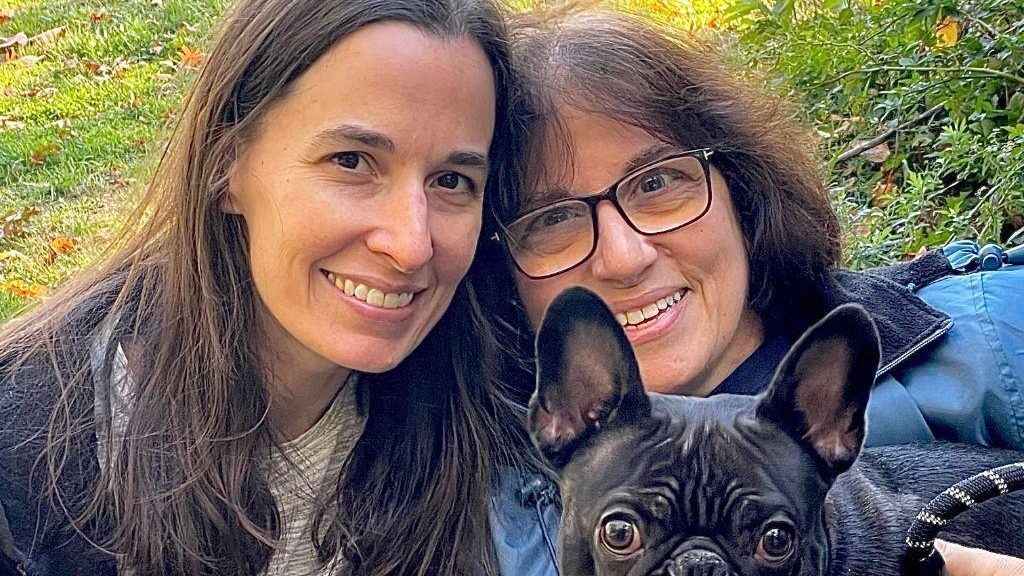
How to talk with a loved one about end-of-life planning
What is End of Life Planning?
End of life planning ensures your loved one’s wishes are honored in their final stages of life. This process involves learning the types of decisions that may need to be made at this time. These decisions can pertain to funeral home arrangements, cremation preferences, or how financial assets will be divided up. Your loved one will also have a number of options for end of life care, which they’re entitled to exercise under current law. These options may include:
- Palliative care
- Refusal or withdrawal of treatment
- Do not resuscitate orders
- Assisted dying
All patients must inform health care professionals which treatment route they’d like to take. End of life planning puts everyone on the same page regarding this, and many other issues. By knowing the patient’s preferences well beforehand, you’ll know exactly how to proceed when the time comes. A substitute decision maker should also be in place (using a legal document called a Durable Power of Attorney or a caregiver affidavit, depending on the circumstances) in case the patient becomes too ill to speak for themselves. When people talk about end of life, you’ll often hear them refer to ‘advance care planning.’ This involves a formal document, in writing, outlining the patient’s wishes surrounding health and personal care. It’s usually included in a living will or specified in an advance directive. Visit our legal checklist for caregivers to learn more about what legal and financial documents you should have in place.
What Key Steps are Involved?
Here are some key steps you can take to help make planning easier:
- Understand how current health conditions are likely to progress.
This is an opportunity for you to truly understand the health of your loved one. For example, if you have an aging parent with a chronic illness, ask the doctor how this condition may worsen over time. It’s crucial to know what kinds of declines you may face down the road. By preparing for the worst-case scenario, you’ll ensure all your bases are covered when it comes to executing your loved one’s wishes.
- Help the patient define their values and articulate their preferences.
Many caregivers find it difficult to get an aging loved one to open up. But this step is crucial in letting their preferences be known. Help the patient define their values and look back on their life’s journey. Reflection is most effective when it’s carried out in a non-judgmental way with family and friends. This is also an appropriate time for your loved one to select a substitute decision maker. Make sure this is a person whom the patient trusts, and that they have a written copy of the advance care plan.
- Communicate preferences not only in writing, but also in conversation.
Although the end goal is to create a legal document of the patient’s preferences, ensure these preferences are communicated in other ways too. Any information put in writing can be helpful down the line. This can include a dated letter to their primary health care provider or a signed list of their final wishes. Make sure your loved one is also expressing these wishes to their inner care circle. This gives family and friends a chance to ask questions, so they can truly understand what the patient desires. This will also eliminate any surprises when it’s time to execute the plan.
- Reassess preferences from time to time.
It’s only human to change our needs and wants periodically. Regularly reassess your loved one’s wishes for end of life care because they could change as health conditions deteriorate. Also, revisit their choice for the substitute decision-maker, and ensure this is still a person whom the patient trusts. Some families may be hesitant to reassess preferences because they don’t want to change care planning documents. But your loved one will find comfort knowing the family is taking their wishes seriously. By having a framework of action in place, you can focus on spending time with your loved one as they near the end of life. End of life planning is one of the most compassionate things you can do for an aging parent or ill relative. Honor their life by allowing them to pass with the dignity they so deserve.


